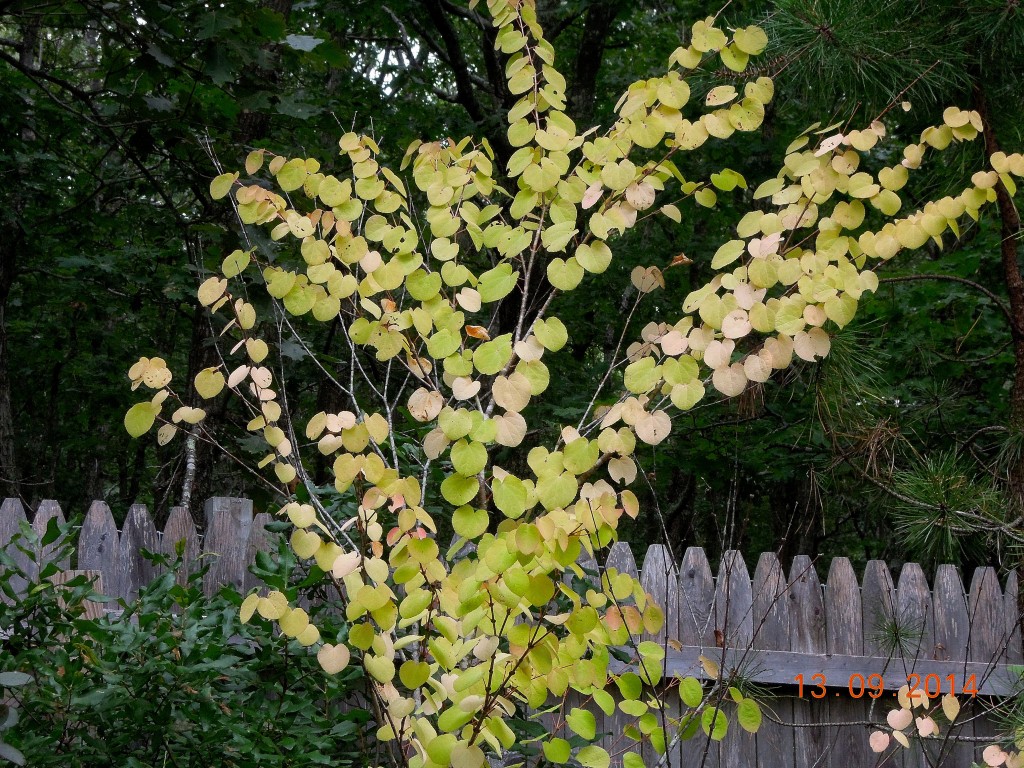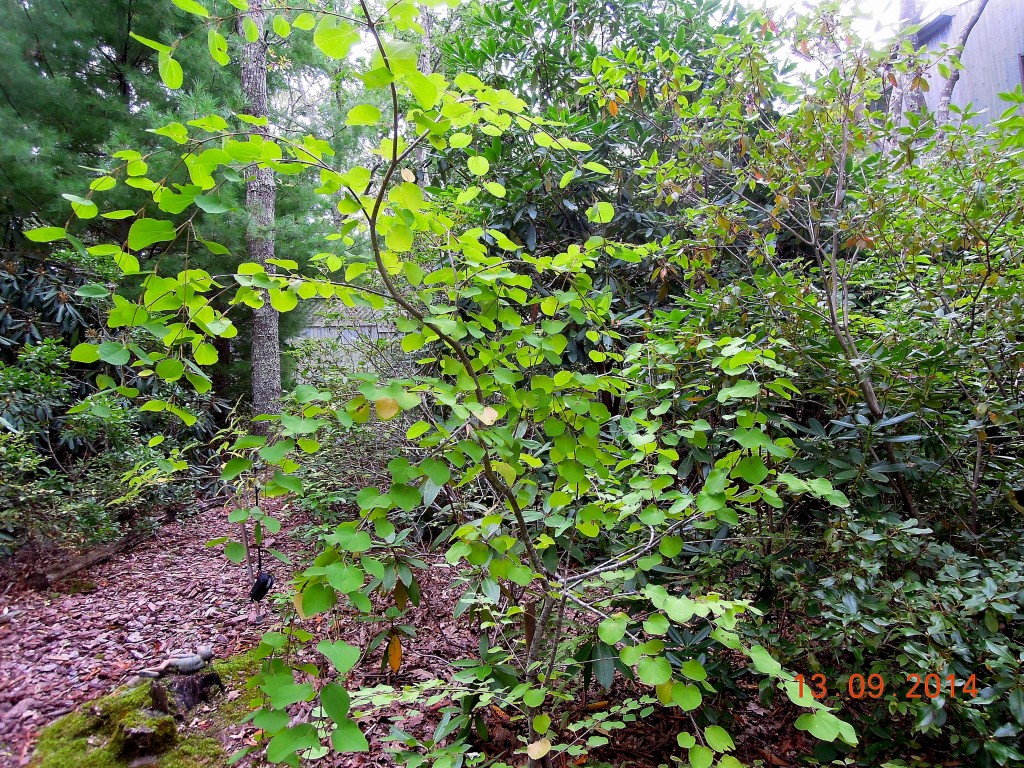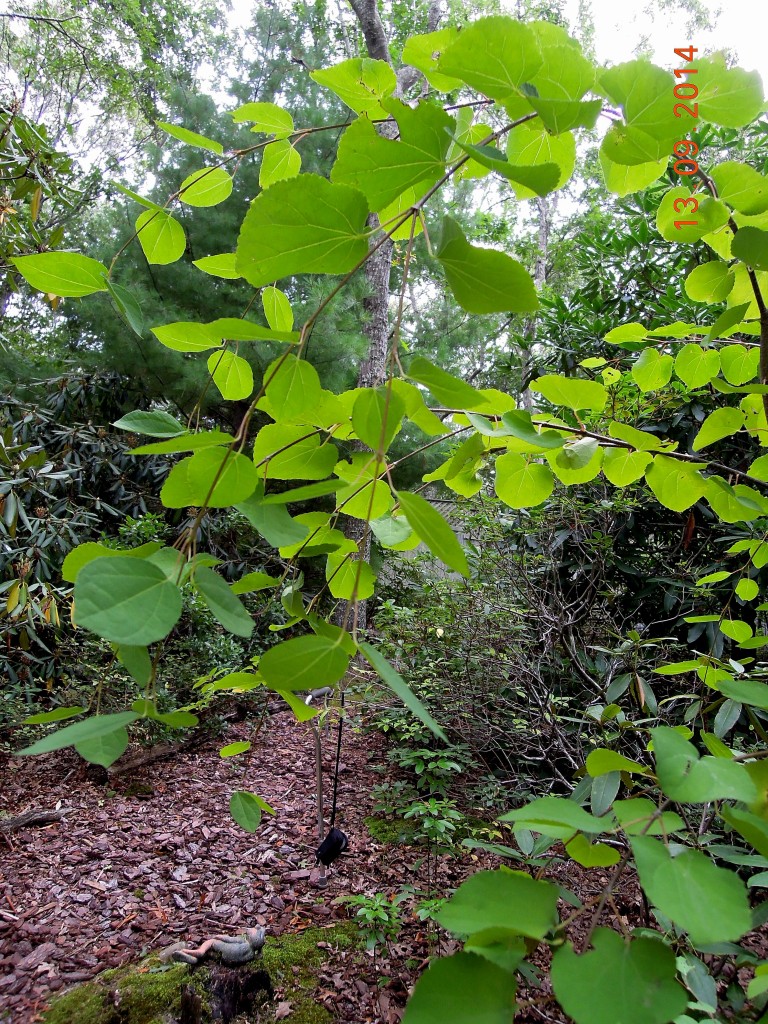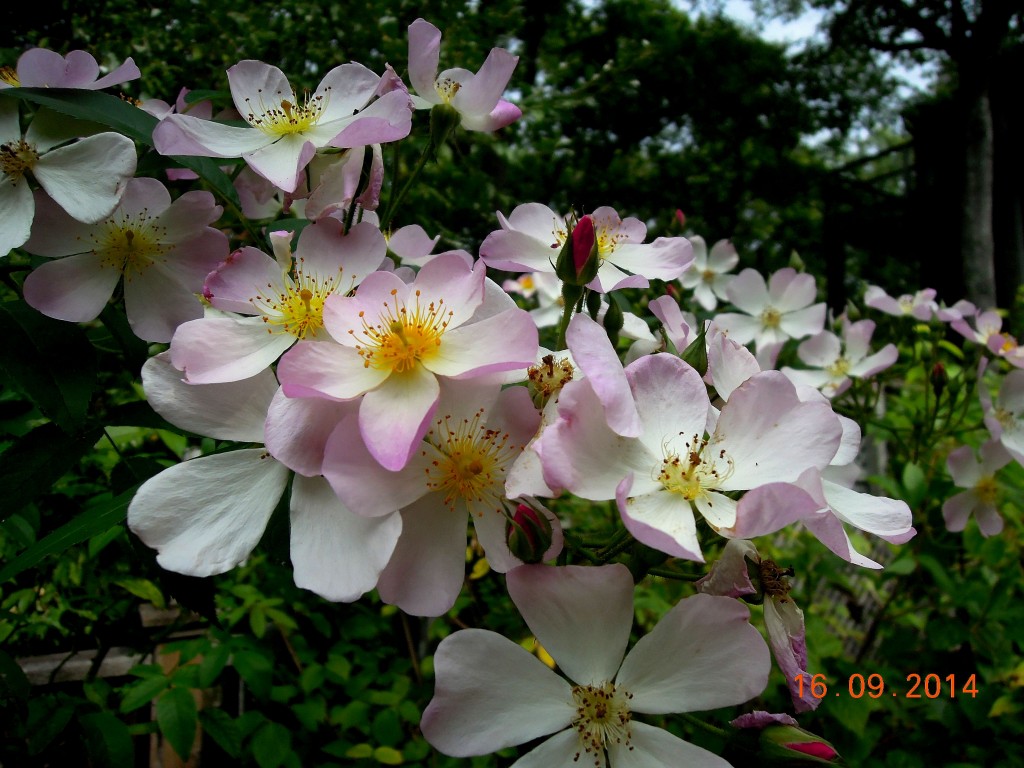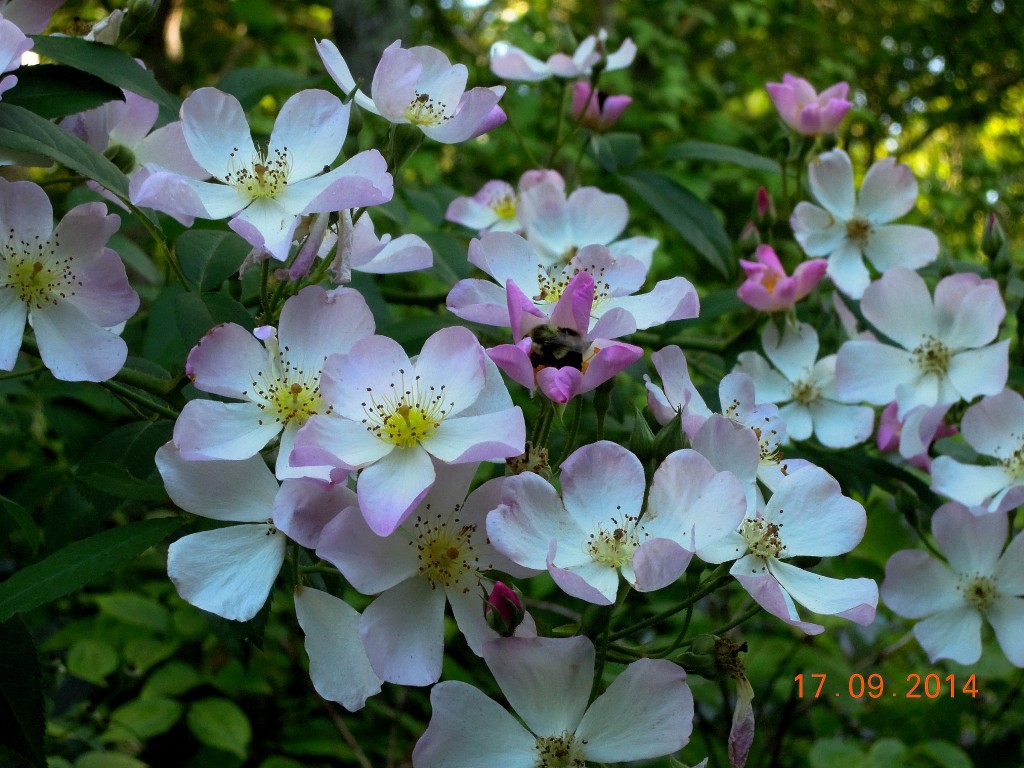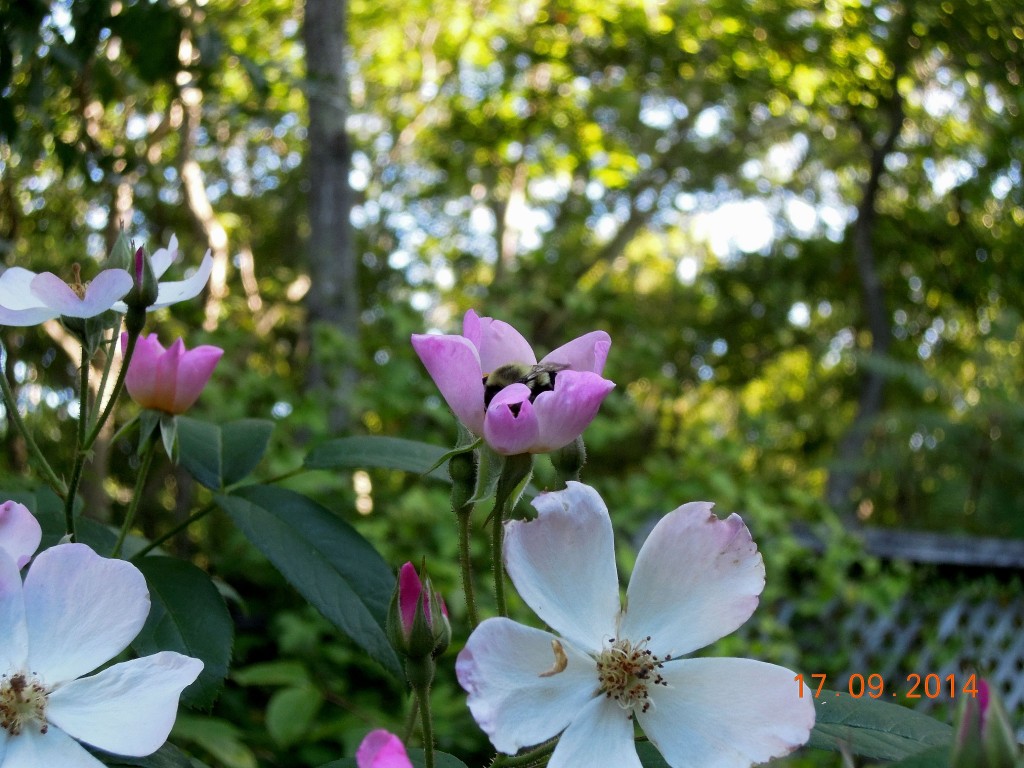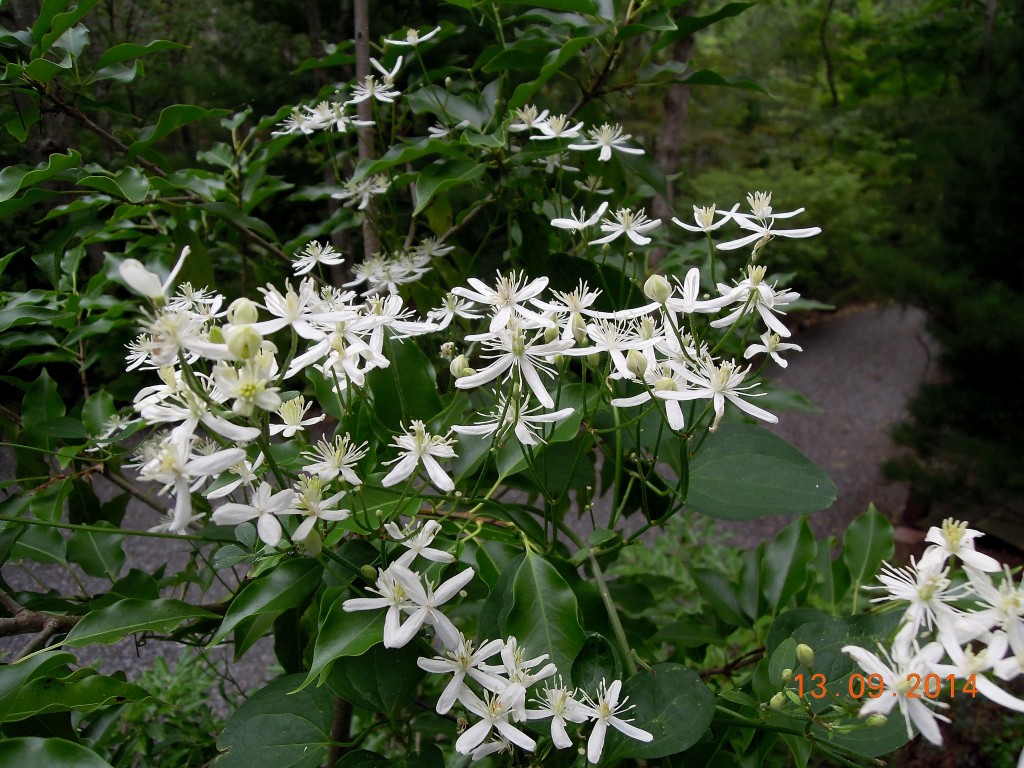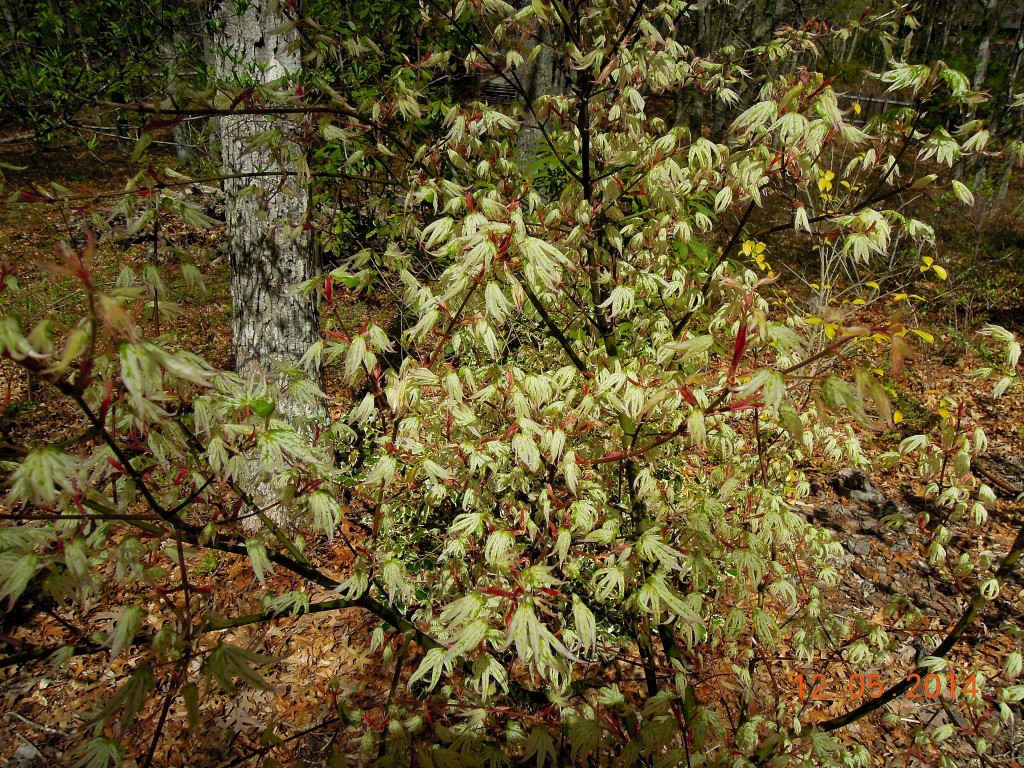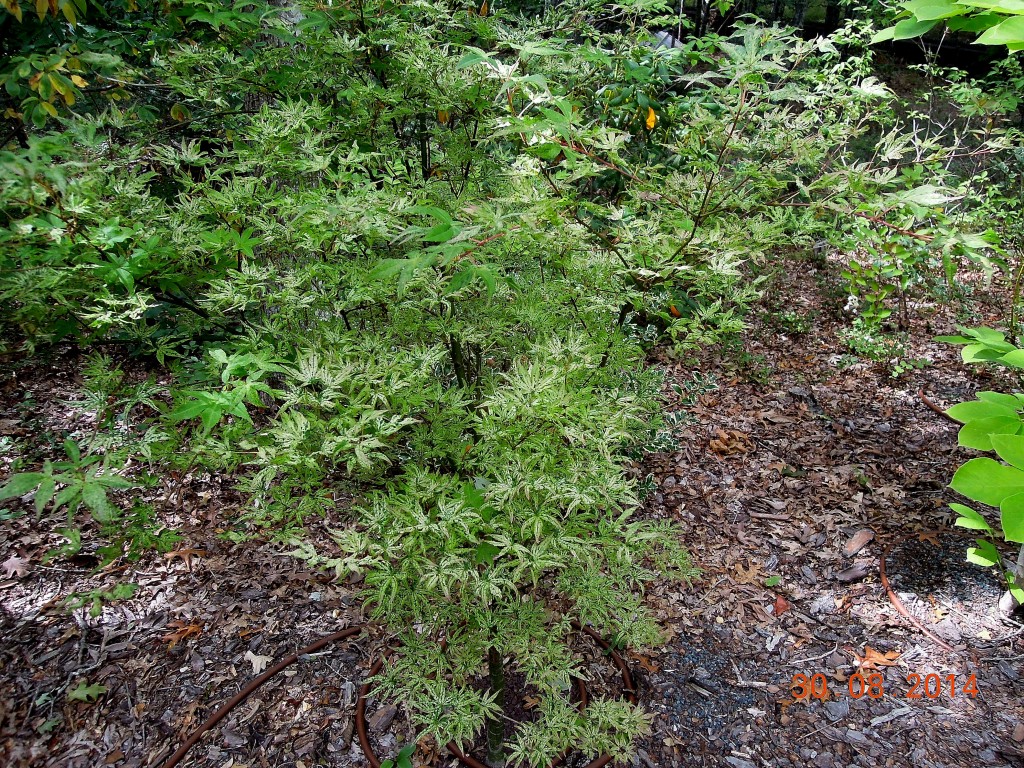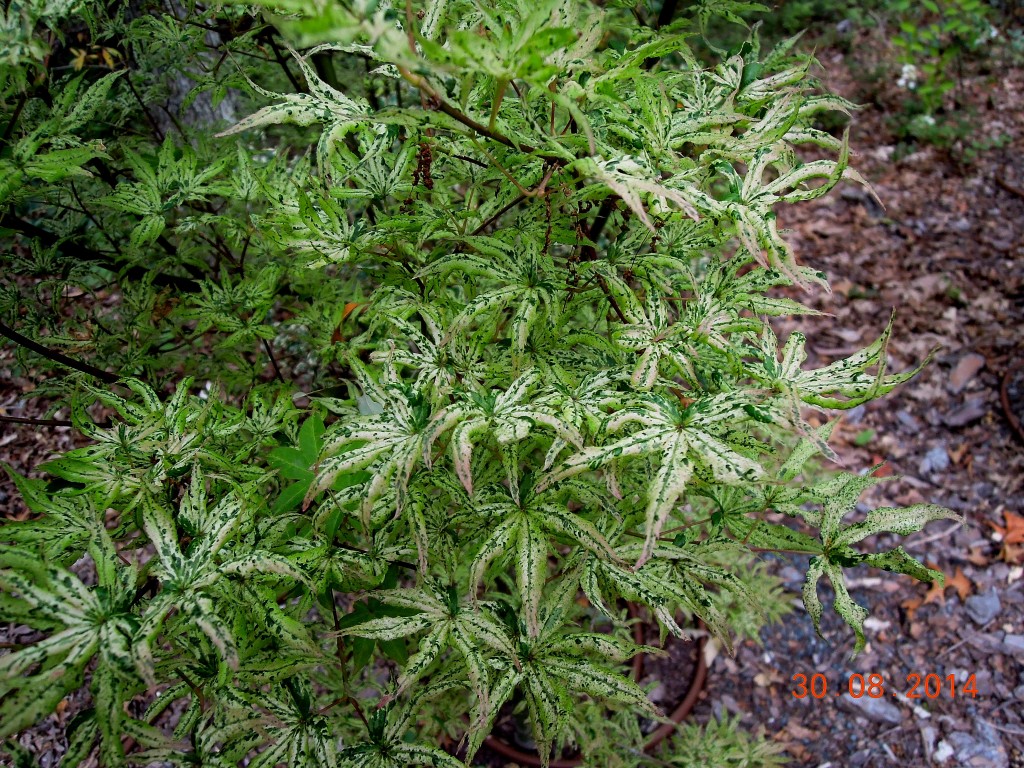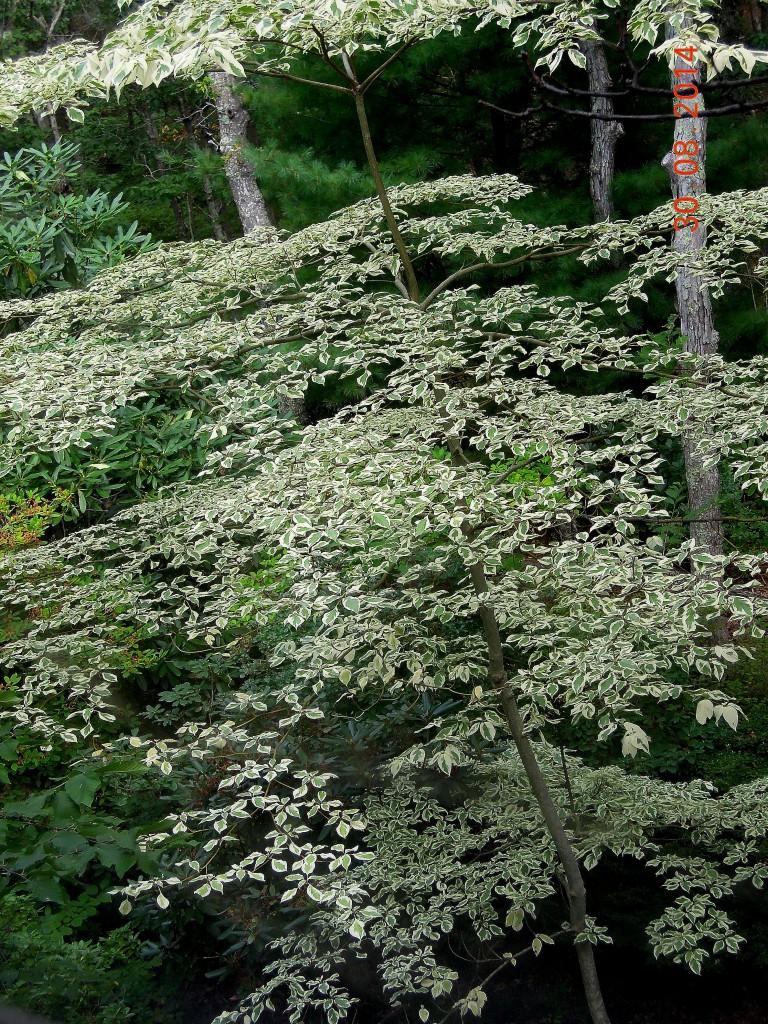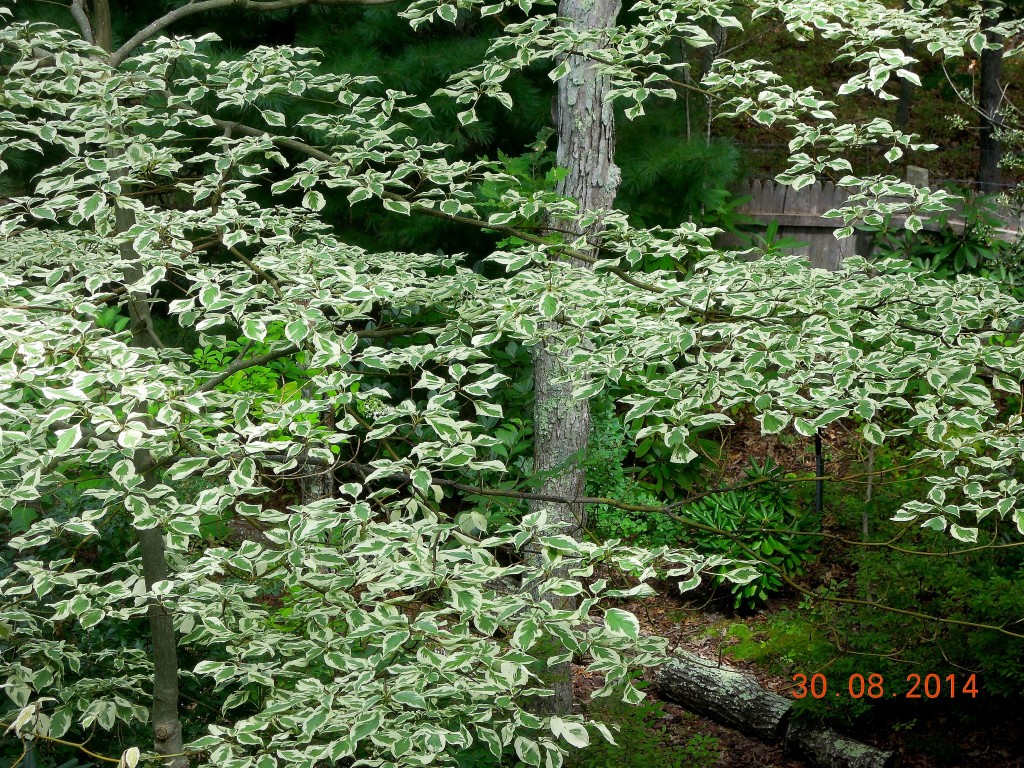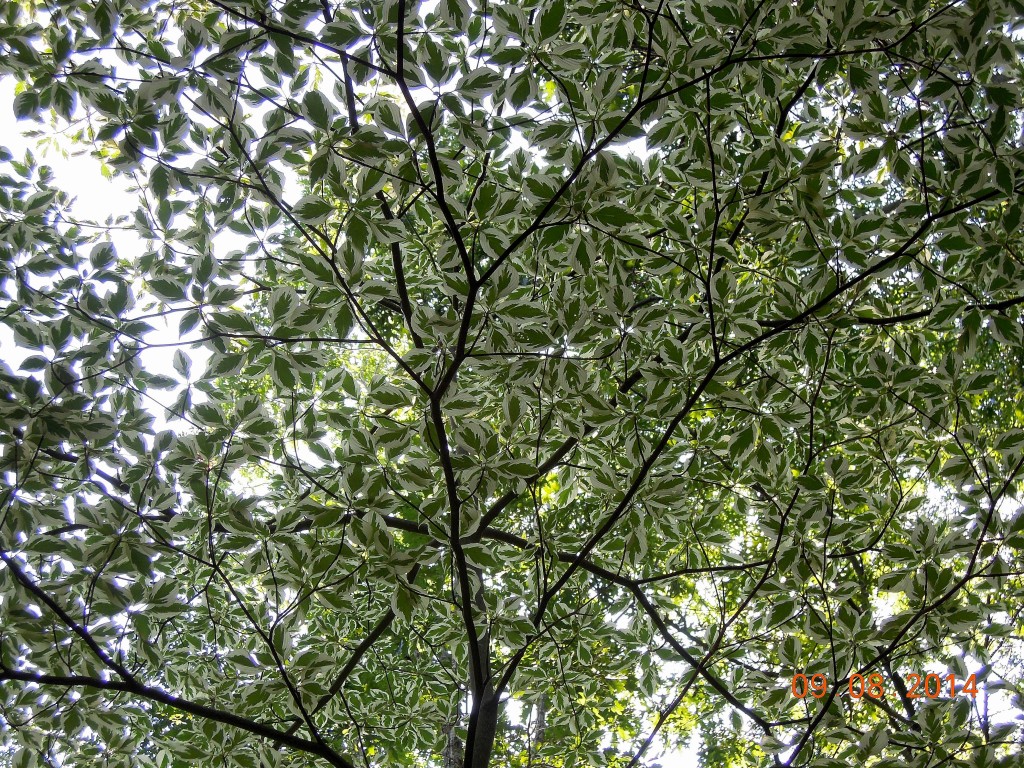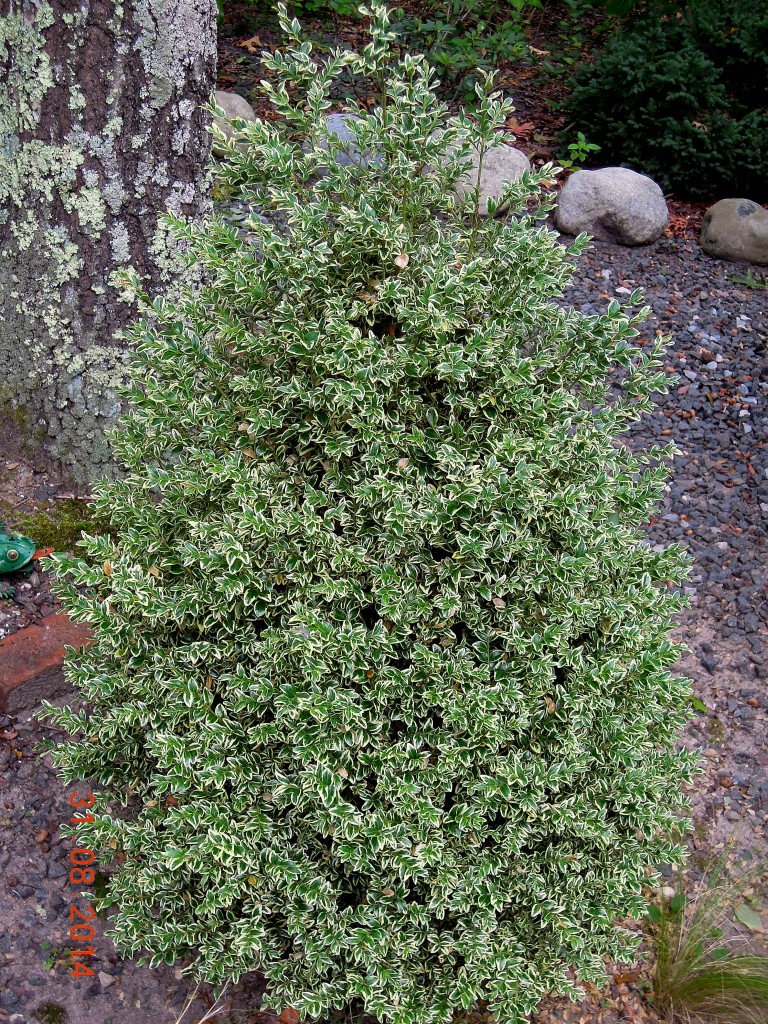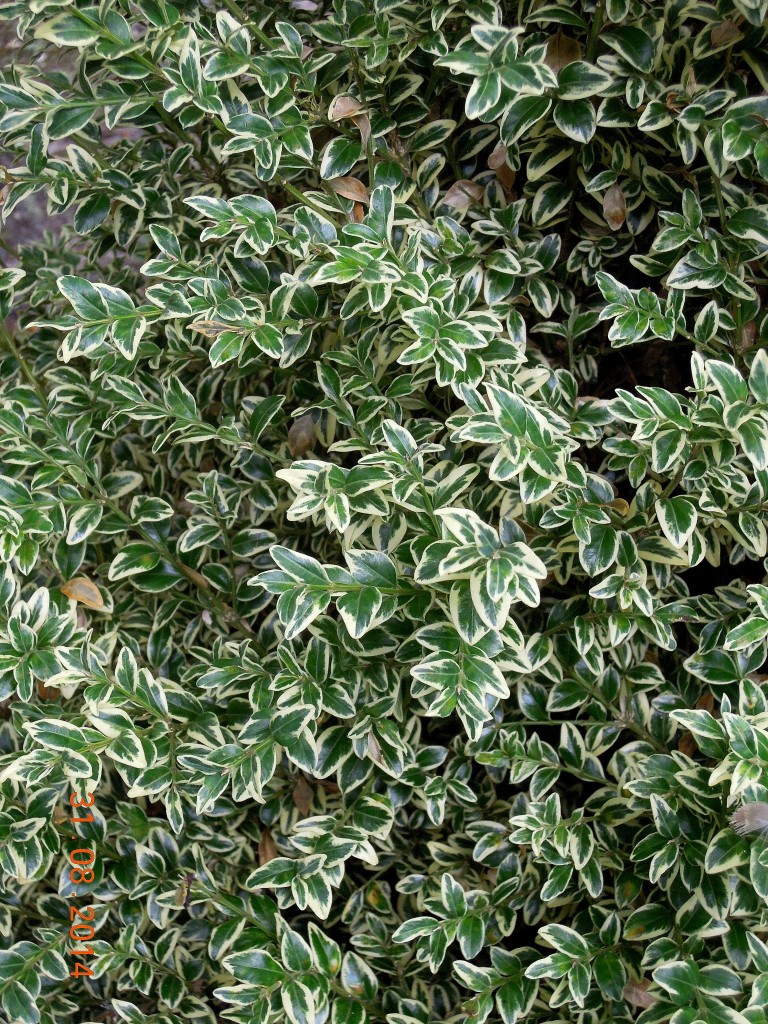Isn’t it amazing what some academics will do to distinguish themselves from the rest of the herd?
Kate McLean, who teaches at Canterbury Christ Church University in Britain, is wandering the streets of New York conducting Smellwalks and collecting data for the creation of a Smellmap of the city. No kidding. She has already Smellmapped several cities in Europe.
“It’s a completely different way,” she said, “of knowing the world.”
On Wednesday, September 10, she led a nosy group of 24 on a sniffing tour of Brooklyn. According to the New York Times’s intrepid reporter, who covered the event, they experienced and recorded smells of “car exhaust, subway grit and festering sewer”, not to mention a “pungent stench” reminiscent of “conditions perilous to human life”. (The New York Times, 9/12/2014, p. A27.)
Different strokes for different folks. All I want to smell are the delicious, sweet perfumes of my fragrant plants. Please join me now on an autumn Fragrantgardenwalk focusing on a favorite tree, rose, and vine:
Cercidiphyllum japonicum (Katsura tree)
For about a week, the senescent foliage of this beautiful, deciduous tree has been filling the garden with the scent of caramel. It’s intoxicating — like living near a candy factory.
In the Spring, the Katsura tree’s lovely heart-shaped leaves emerge a rosy-pink, then turn green for the rest of the growing season. Before the leaves drop, they turn yellow with hints of pink, and only then release their fragrance into the air. (Photos below)
There are upright and weeping varieties of Cercidiphyllum. I grow both forms. And when the trees advance through the growing season on different schedules, I reap the benefit of an extended window of yummy aroma. (Photos below)
Katsuras do require adequate moisture. They don’t like it dry. Otherwise, they have been problem-free.
Rosa ‘Lyda Rose’
For fragrance, beauty, good health, hardiness, and continuous bloom from May to frost, USA-bred Lyda Rose is unmatched. The bees agree. ( Note the photos below with the bee pileup—two bees sweetly nestled in one flower!)
Lyda can take a bit of shade. And she’ll do well in a pot. Trust me: To know her is to love her.
Clematis terniflora (Sweetautumn Clematis)
When I walk out my front door onto the front porch, I’m greeted by the sweetly fragrant flowers of the autumn clematis vine. By wrapping an Ilex pedunculosa in its soft embrace, it managed to climb 14 feet into the air, peek over the porch railing, and say Hi.
Moreover, the vine attained this height in one growing season. A piece of cake for an established plant; it can grow to 20 feet after being hard-pruned to the ground in Spring. And once established, it should be hard-pruned because it flowers on new growth. When the flowers fade, they produce interesting, showy seed heads.
The vigorous vine does tend to volunteer all over the place — ofttimes unnoticed until the flowers appear in the Fall. This may be a major drawback for some, especially in formal gardens. Yet, for the most part, I allow it to scramble about. I like pleasant, flowerly surprises.
BTW, Clematis terniflora does not harm its host plant.
Fragrant plants add so much pleasure to a garden. Why not grow a symphony of sweet scents?



